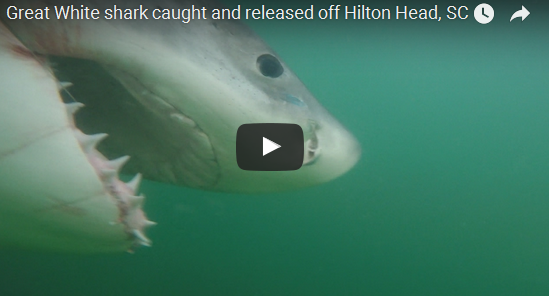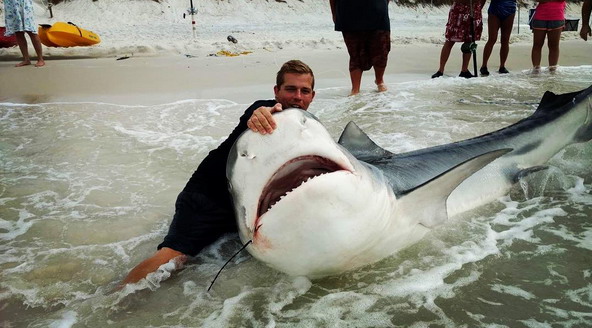
Currently the only way to keep track of sharks populations is by submerging baited cameras or having divers physically count the number of sharks. Of course that is extremely expensive and doesn’t give you an accurate count as the oceans are huge and remote regions may not have the resources available for such intensive research. However there may be a new and cheaper way to find out what types of species are visiting an area with environmental DNA (eDNA).
“Every cell of every organism contains DNA. Every time an organism loses bits – this could be the result of dying, producing eggs or losing some skin, spitting or pooing – there are cells containing DNA. Theoretically, it is possible to trawl water and retrieve some DNA coming from this environment,” University of Salford lead scientist Stefano Mariani told BBC News.
So it might just be possible a water sample could be used to find all the traces of eDNA and show what species have been in the area.
“…with eDNA, it may be possible to send a single person out to collect water samples with standard one-litre bottles, which can then be quickly filtered and sent off to a laboratory to analyse the DNA and determine what species had been in the area,” Katie Matthews, manager of Pew’s Environmental Science program who funds the study said.
“Given the rapidly decreasing cost of processing DNA samples, it seems likely that eDNA as a tool for marine conservation will become increasingly common in the coming years.”
As great as it sounds, the use of eDNA is still in its infancy. Waters samples were taken in the Caribbean where the team hopes to check out how reliable the eDNA is by comparing it with animals they know are in the area and hope to have provisional results this summer with final findings by the end of the year.
In addition, work needs to be done to calibrate the data gathered in a standardized fashion to ensure it is a representative sample . What we are seeing might just be a game changer for sharks. Knowing how many and where they would give the world a better understanding of the actual standing of sharks, which could lead to better management and healthier shark populations.


